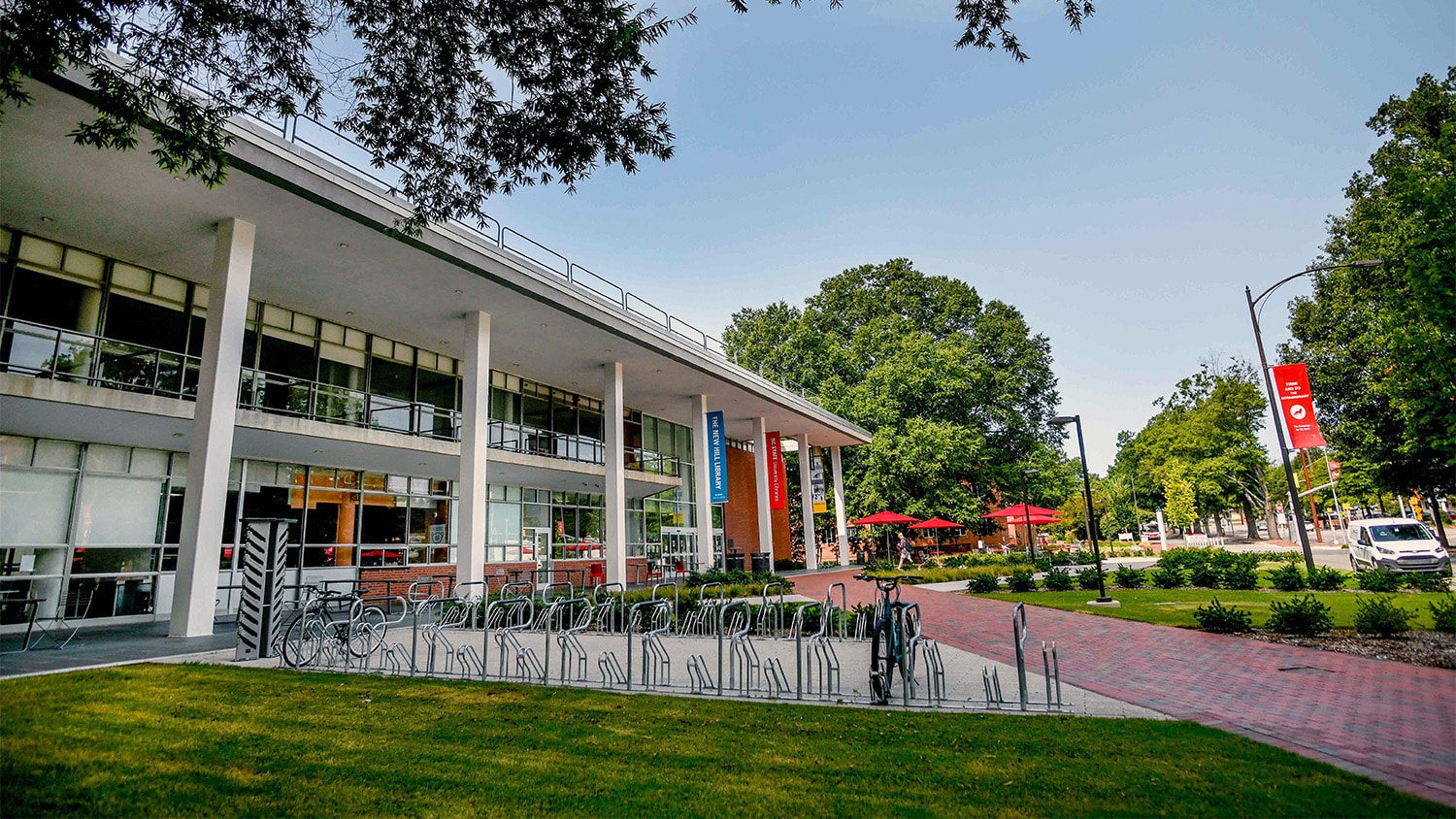Hostile Environments Encourage Political Action In Immigrant Communities
A new study from North Carolina State University finds that anti-immigrant practices – such as anti-immigrant legislation or protests – are likely to backfire, and spur increased political action from immigrant communities. The study examined political activity in 52 metropolitan areas across the United States.
“U.S. Census data indicate that 60 percent of the foreign-born in the U.S. are not citizens,” says Dr. Kim Ebert, an assistant professor of sociology and co-author of a paper describing the research. “Non-citizens can’t vote, so we wanted to determine how they are participating in political life.”
Specifically, the researchers examined the number of protests from the immigrant community in metropolitan areas during the year 2000, to investigate the extent to which local conditions affect an immigrant community’s willingness to take part in informal political action. The immigrant communities in the study reflect a range of backgrounds, including Latino, Asian American, Middle Eastern and African communities.
“Metropolitan areas that saw high levels of anti-immigrant activity, such as anti-immigrant protests or abusive practices, were subsequently more likely to see protest activity from the immigrant community,” Ebert says. “In addition, metro areas in states that passed anti-immigrant legislation often saw a short-term dampening effect on protests – but experienced significant increases in the number of political protests from immigrant communities in the long term.”
Similarly, exclusionary metropolitan areas – those with high levels of housing and employment segregation between immigrant and U.S.-born communities – were also subject to more protests than areas that were better integrated. Moreover, protest was less likely to be used as a strategy for social change in inclusionary metropolitan areas where immigrants had greater access to formal means of political and social participation via citizenship, college education and voting.
“The more people try to create heightened boundaries between ‘us’ and ‘them,’ the more mobilized the immigrant community becomes,” Ebert says.
The researchers also found that mobilization in the immigrant community was less likely to occur in metropolitan areas with higher immigrant growth rates. For example, many metropolitan areas that saw significant increases in their immigrant populations between 1991 and 2000 – such as Memphis, Tenn., and Greenville, N.C. – did not see any immigrant protest activity. However, traditional immigrant gateway cities with modest growth rates – such as Chicago, Los Angeles and Miami – saw significantly more frequent protest activity from the immigrant community.
The researchers are currently examining longitudinal data from 1990 to 2010 to investigate how political, demographic and social changes influence immigrant organizing.
The paper, “Beyond the Ballot: Immigrant Collective Action in Gateways and New Destinations in the United States,” will be published in the November issue of the journal Social Problems. The lead author on the paper is Dr. Dina Okamoto of the University of California, Davis. The research was funded by the National Science Foundation, the Russell Sage Foundation and the American Sociological Association.
NC State’s Department of Sociology and Anthropology is a joint department of the university’s College of Humanities and Social Sciences and College of Agriculture and Life Sciences.
-shipman-
Note to Editors: The study abstract follows.
“Beyond the Ballot: Immigrant Collective Action in Gateways and New Destinations in the United States”
Authors: Dina Okamoto, University of California, Davis; Kim Ebert, North Carolina State University
Published: November 2010, Social Problems
Abstract: Most studies that attempt to understand immigrant political incorporation focus on patterns of electoral participation and citizenship acquisition. Given that nearly 60 percent of the foreign-born population in the United States is comprised of noncitizens, we argue that past studies miss an important dimension of the immigrant political incorporation process. In this article, we move beyond the ballot by documenting patterns of immigrant protest and conducting an analysis of the conditions under which immigrant organizing occurs in traditional gateways and new destinations. In addition to political opportunities and resources, we argue that conditions heightening group boundaries between immigrants and natives—what we call boundary markers—should play an important role in encouraging immigrants to develop a shared minority status and make collective claims on behalf of the larger group. Using hurdle models, we test our theoretical ideas with a new data set comprised of over 200 immigrant protest events in 52 metropolitan areas across the United States. Our results challenge past studies of immigrant mobilization because we find that inclusionary contexts characterized by greater access to formal political and economic incorporation both hinder and facilitate immigrant organizing, while boundary markers—measured here as threats and segregation—tend to encourage immigrant protest.


